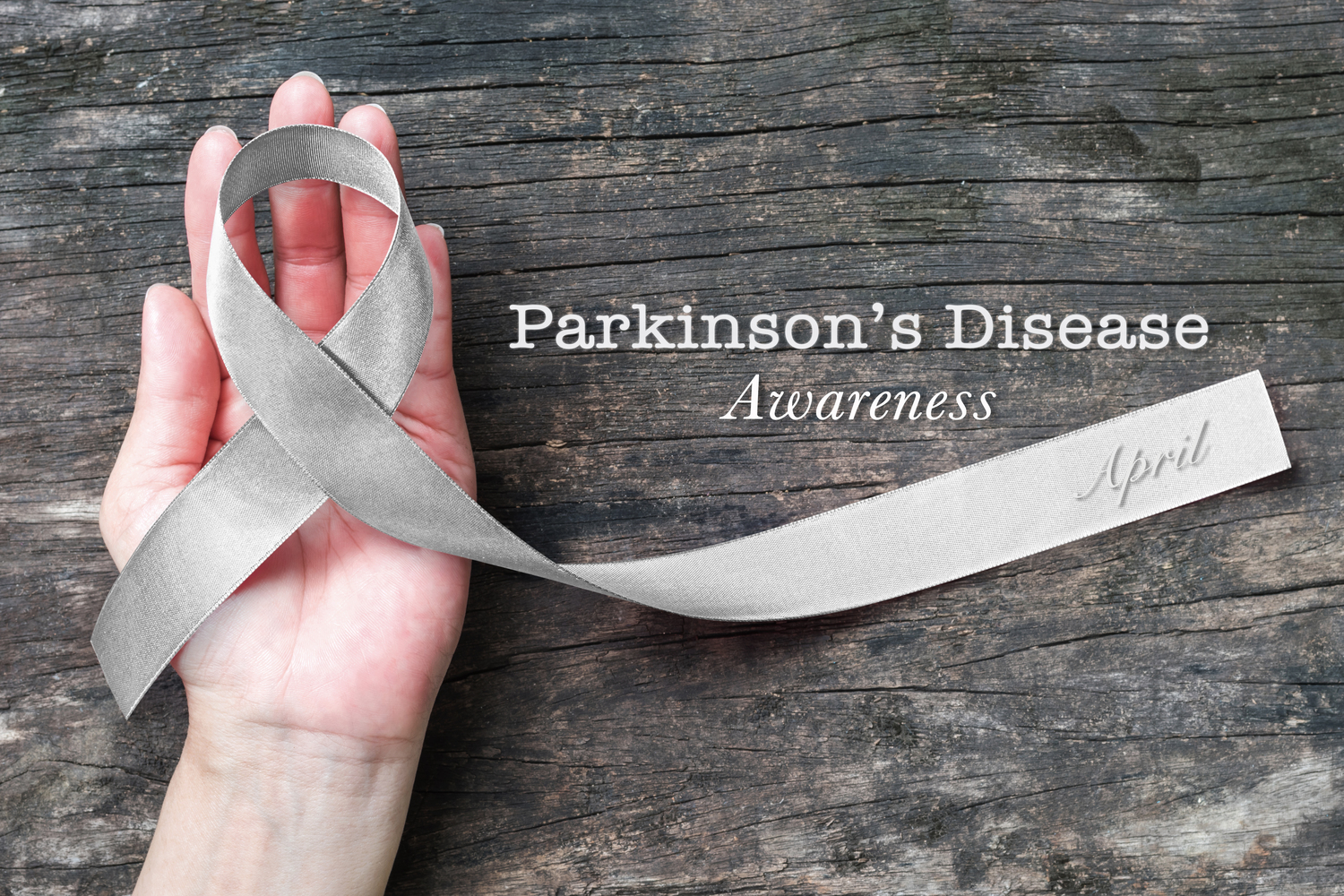
Conditions associated with Parkinson’s disease that you should know about
Parkinsonism is basically a term used to refer to multiple symptoms that are found in Parkinson’s disease. It is a type of disorder which is categorized as a progressive nervous system problem. This mainly affects the movement of the person, creating a hindrance in the day-to-day functioning. While tremors are quite common, the disorder also ends up causing a slowdown of the movements along with stiffness. There are many other conditions of Parkinsonism that characterize the Parkinson’s disease that are divided on the basis of different symptoms. Below is some brief information about the various types of conditions associated with Parkinson’s disease.
Types of conditions associated with Parkinson’s disease
Multiple system atrophy (MSA)
This term encompasses multiple neurodegenerative disorders in which the body’s systems start to deteriorate one after another. The average age of this particular disorder is somewhere around the early 50s. The main symptoms of multiple system atrophy (MSA) include ataxia, the nervous system’s malfunctioning, high blood pressure, and even difficulty in controlling bladder pressure.
Progressive supranuclear palsy (PSP)
Progressive supranuclear palsy (PSP), a type of Parkinson’s disease, it is the most commonly occurring kind of atypical Parkinsonism. This problem mainly occurs in adults who are in their early 60s. This particular Parkinsonism progresses really rapidly. People who are suffering from PSP may experience issues with speaking, swallowing, thinking problems, memory disorders, and even sleep problems.
Corticobasal syndrome (CBS)
Corticobasal syndrome (CBS) is the least common type of atypical Parkinson’s disease. The main symptom of this disease starts with the damaging of the first limb along with some unconventional symptoms such as jerky and fast movements. Additionally, CBS also makes it very difficult for patients to carry out tasks involving the regular muscle movements.
Dementia with Lewy bodies
In dementia with Lewy bodies, a type of Parkinson’s Disease, deposits of alpha-synuclein end-up collecting in different regions of the brain. Dementia with Lewy bodies is preceded by Alzheimer’s disease as the most commonly occurring degenerative disorders. It is further accompanied by symptoms of Parkinson’s disease such as slowness, stiffness, and other restricted movements of the muscles.
Vascular Parkinsonism
Vascular Parkinsonism is very similar to Parkinson’s disease due to the kind of symptoms that occur. No clinical trials have yet proven the difference between the two conditions. This particular type of Parkinson’s disease occurs whenever there is a stroke associated with it. It is often caused due to minuscule strokes occurring constantly in some key areas of the brain.
Drug-induced Parkinsonism
There is a medical term known as secondary Parkinsonism, which is most often characterized by the drug-induced Parkinsonism. It is a result of some of the side effects of strong drugs, especially the drugs that drastically affect the dopamine levels of the brain, which may cause Parkinsonism. One of the main reasons for this condition’s association with Parkinson’s disease is because of the postural instability and the tremors caused. However, the symptoms caused by drug-induced Parkinsonism are less severe as compared to a full-fledged case of Parkinson’s disease.


